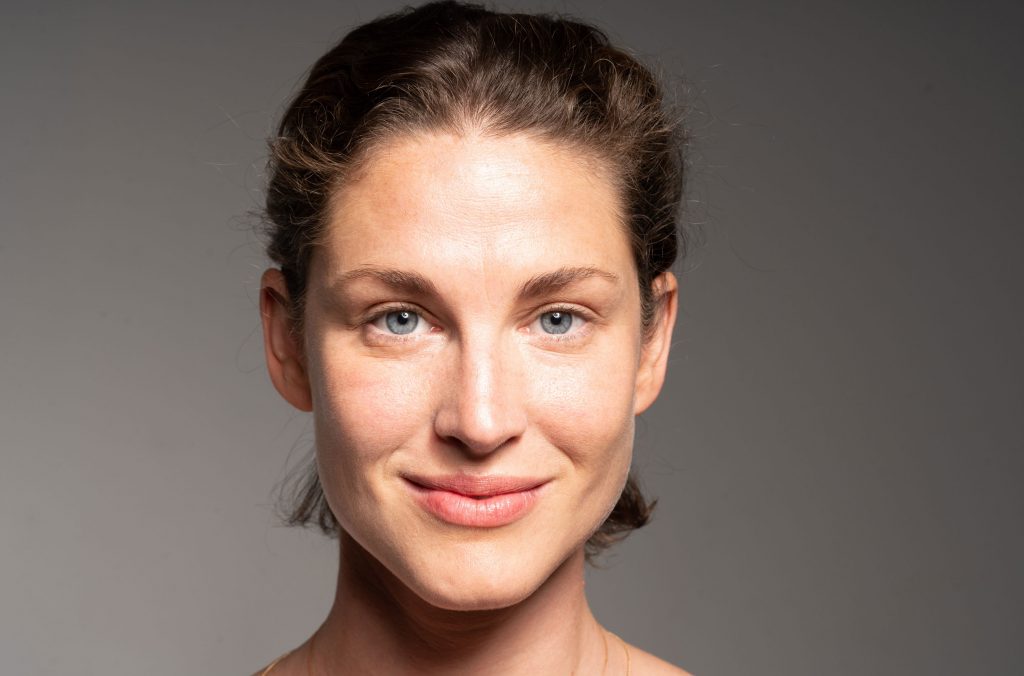Eyelid surgery, medically known as a blepharoplasty, is one of the UK’s most popular cosmetic surgeries and aims to rejuvenate the eyelids. When performed by a highly skilled and experienced surgeon, a blepharoplasty can significantly transform patient confidence.
As a qualified Ophthalmologist and triple-fellowship trained Oculoplastic Surgeon, Dr Nick Koutroumanos has the necessary training in both ophthalmology and plastic surgery, making him well qualified for performing eyelid surgery.
Blepharoplasty is typically a well-tolerated procedure that achieves high patient satisfaction. Still, like any cosmetic surgery operation, it is not without risk of complications or an adverse aesthetic outcome, and, in some cases, revision eyelid surgery may be required.
Why might I want revision eyelid surgery?
Revision eyelid surgery may be required if the initial procedure resulted in an unsatisfactory aesthetic outcome or functional complications.
The recent growth in cosmetic surgery tourism has seen a corresponding increase in requests for revision surgery. Even in the UK, there are many reasons why patients might be unhappy with the results of their blepharoplasty. This can include inappropriate patient selection, poor communication between surgeon and patient, unrealistic patient expectations, surgical inexperience, aggressive surgical technique, and issues that arise during the healing process. Dr Koutroumanos often performs revision eyelid surgery for patients that have had an unsatisfactory primary blepharoplasty carried out at elsewhere.
Surgeon choice is the most critical factor in determining the success of a cosmetic surgery procedure, both in terms of surgical expertise and experience and in establishing a relationship of trust and good communication.
Dr Koutroumanos is a Consultant Ophthalmologist at the Royal Free Hospital in Hampstead, London, serving as head of the NHS Oculoplastic service. He has undergone extensive training in eye health and eyelid surgery. This comprehensive training has given him a wide range of expertise in various eyelid surgery techniques, allowing him to consistently achieve natural-looking results for his patients.
Functional and aesthetic reasons to undergo revisional eyelid surgery
Revisional eyelid surgery is a complex and patient-specific procedure, as it depends on the type and severity of the issue it aims to correct. It is more challenging than the initial operation due to scar formation and anatomical changes. There is also a higher risk of complications and patients are often more anxious.
Reasons to undergo revision eyelid surgery include:
If too little skin was removed from the upper eyelid, it is quite simple to remove more, but if too much has been excised, the patient may not be able to close their eyes properly and a skin graft may be required. This can result in more noticeable scarring on the upper lids.
A more challenging problem is removing too much fat, which results in the patient looking older, not younger. An autologous fat graft may be required.
Dissatisfaction with the aesthetic outcome can be due to the primary surgeon not recognising that sagging of the brow tissues must also be addressed to rejuvenate the eye area.
A lower blepharoplasty is typically performed to address eye bags, but if insufficient fat is removed, a further procedure may be required.
Whether due to genetics or ageing, a common aesthetic concern is an indentation at the lid-cheek junction, known as the tear trough. It can be challenging to treat with a lower eyelid lift, and you may require further intervention.
After a lower blepharoplasty, one possible complication is the lid to become everted, pulled down or pulled away from the eye. If lower lid malposition occurs, it can be challenging to treat and may require a canthoplasty which addresses the corner of the eye or a graft to strengthen the lower eyelid.
Perfect facial symmetry is rare, but a frequent post-blepharoplasty concern is that the eyes look more uneven than before surgery. This is usually temporary and is because one eye heals at a different rate to the other. Once all swelling has fully resolved and the scars have healed, Dr Nick Koutroumanos can assess symmetry and advise whether further surgery can address any issues.
These risks can be minimised by careful pre-operative planning. Before any procedure, Dr Koutroumanos takes precise measurements under high magnification, with patients sitting upright and lying down, to take into account the patient’s individual anatomy.
Making the decision to proceed with revision blepharoplasty
After blepharoplasty, the swelling of the delicate eyelid tissues can last many months. Although scars usually heal very well, it can take up to a year before the scar fully matures. You should wait for all swelling to resolve before considering a revision procedure.
During your revision blepharoplasty consultation, Dr Nick Koutroumanos will carefully explain the risks you must consider and the outcome you can expect before you make an informed decision on whether to proceed with corrective surgery.







